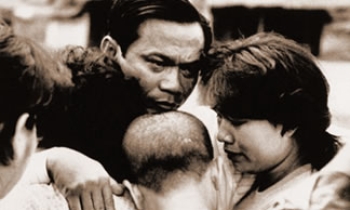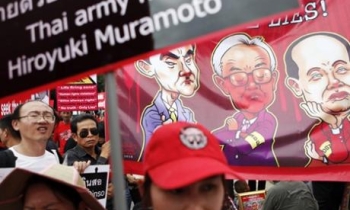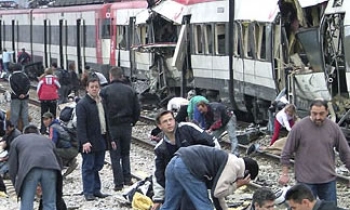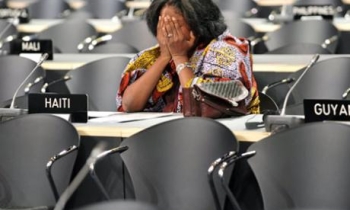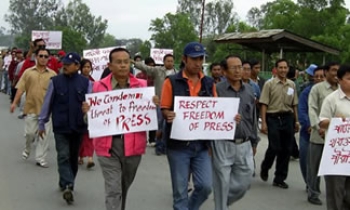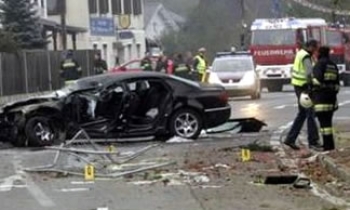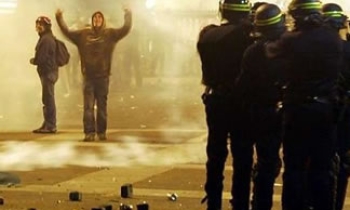Most readers of The Kansas City Star saw an erroneous headline Wednesday on Page A-1: "12 miners alive after 41 hours." As we now know, only one worker survived a West Virginia mining accident.
The Star prints in the middle of the night, enabling carriers to deliver papers by early morning. I heard from several upset readers Wednesday, most of whom felt The Star rushed the good news to print in a fit of speculation.
Obviously, accuracy is a newspaper’s number one responsibility. Instead of making any judgment calls here, I’ve put together a timeline of how the front page transformed throughout the evening.
■ 11:04 p.m. CST: The first edition of The Star went to the presses. In the front page’s original incarnation, the centerpiece was a package about lobbyist Jack Abramoff’s guilty plea. A story about miners’ families waiting for news ran in the upper right column.
At 10:52 p.m., the earliest bulletins had begun moving on the news wires about possible good news. Family members at a church in Tallmansville, W.Va., had begun celebrating information from mine foremen that 12 miners had been found alive, and live television was carrying video of the jubilation. However, there was no confirmation from the mining company or government, so editors decided to continue with the early version of the page.
■ 11:25 p.m.: The Associated Press quoted West Virginia Gov. Joe Manchin: "They told us they have 12 alive," referring to reports from International Coal Group, which owns the mine.
Editors started redesigning the page, ultimately deciding to swap positions of the Abramoff and mine stories.
■ 1:20 a.m.: The first copies of The Star’s Metropolitan edition rolled on the presses, featuring a new centerpiece that pictured two family members reacting to the premature good news.
■ 1:57 a.m.: The Associated Press sent a bulletin stating, "Family members report that 11 of the 12 coal miners who were initially thought to have survived an explosion in a coal mine have died." Copy editor Amanda Wilkins phoned copy chief Scott Jacobson, who was on his way home for the night. Jacobson called managing editor Steve Shirk to plan for possible changes.
■ 2:16 a.m.: The Associated Press reported that International Coal Group CEO Ben Hatfield said only one miner had survived. Late copy editor Pamela Spencer substituted an updated story from Cox News Service and wrote new headlines and photo captions.
■ 2:42 a.m.: Spencer sent the final version of the Metropolitan edition, this time with the headline "12 of 13 miners found dead," to the pressroom. About 10 minutes later, the story appeared on KansasCity.com.
Distribution workers removed papers with the incorrect information from trucks and loading docks, throwing away about 20,000 copies.
In total, more than 37,000 final editions made it to homes and racks around the metropolitan area.
The tragedy of these events was amplified by the rollercoaster of contradictory news throughout the night. The daily front pages at www.newseum.org show that few newspapers in the Central time zone caught the late-breaking news in time to run the corrected story in the morning paper.
Rescuers had to search the dangerous mine alone, so journalists relied on reports from the governor and the mining company. The Star’s second edition attributed the good news to Gov. Manchin in the second paragraph, and the final version quoted a miner’s brother describing Hatfield’s comments to the families.
Should The Star have held the story longer, despite the governor’s declaration and three hours of families’ celebration? Or did the paper act responsibly?
Either way, the timing worked against newspapers’ deadlines in this instance. What’s your call?
To reach Derek Donovan, readers’ representative, send e-mail to readerrep@kcstar.com , or call (816) 234-4487 weekdays between 8:30 a.m. and noon.

